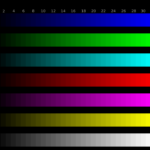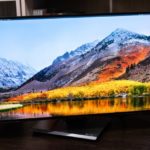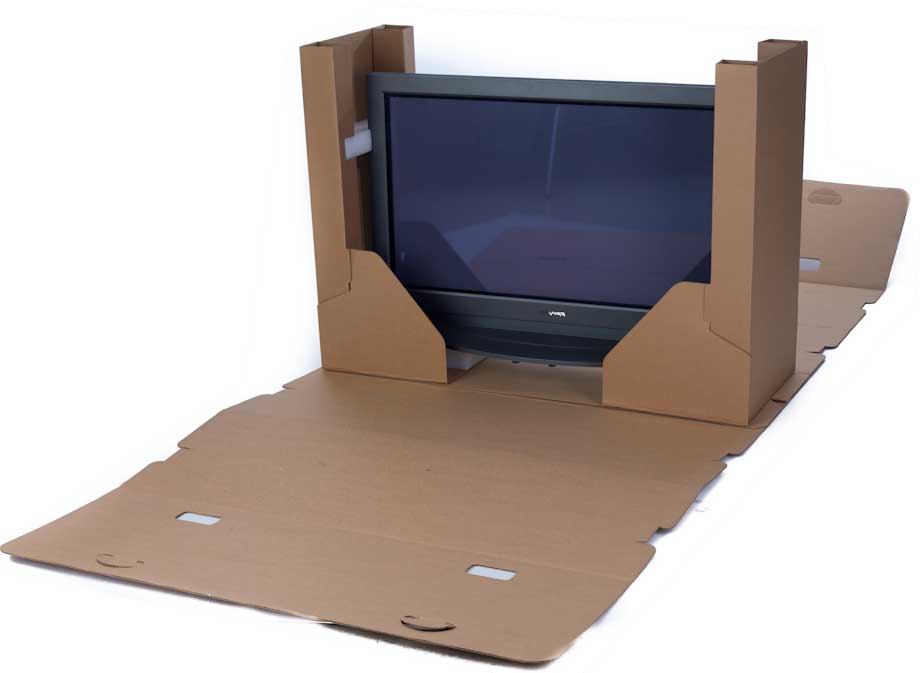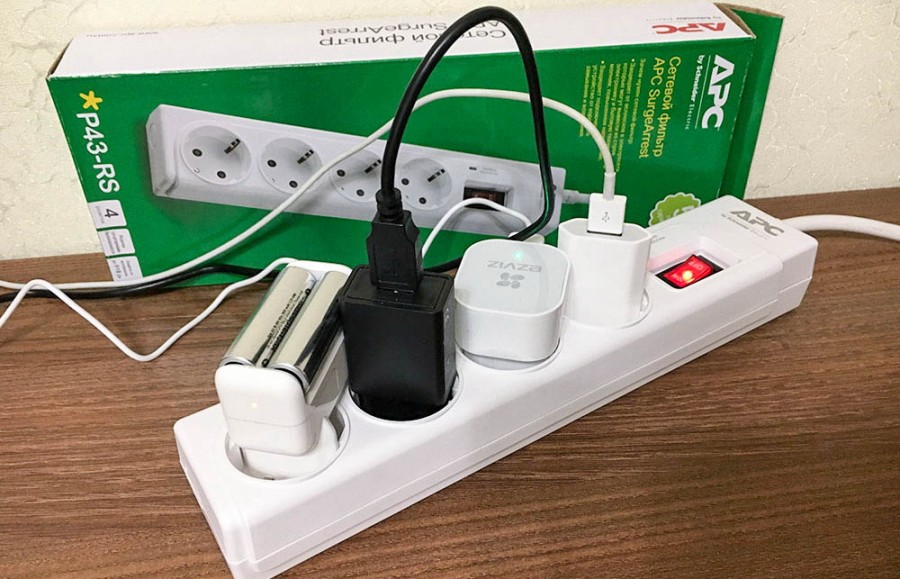How to properly adjust color on TV
 The main task of the TV is to provide information in the correct form, while eliminating distortion of the original image. Video files are created based on film industry standards, formed with the goal of conveying the correct picture to the user. To display pictures on TVs, there are standards that describe the properties of video signals, as well as image parameters. Before the advent of high-definition television broadcasting (HD, FullHD), PAL, NTSC, HDTV standards were used; today REC709 is the most current standard.
The main task of the TV is to provide information in the correct form, while eliminating distortion of the original image. Video files are created based on film industry standards, formed with the goal of conveying the correct picture to the user. To display pictures on TVs, there are standards that describe the properties of video signals, as well as image parameters. Before the advent of high-definition television broadcasting (HD, FullHD), PAL, NTSC, HDTV standards were used; today REC709 is the most current standard.
The content of the article
How to adjust image color
Manufacturers of modern TVs are trying to present their models in a more favorable light. They give more brightness to certain shades, for greater attractiveness, without complying with existing standards.
The most correct method for adjusting image color is hardware calibration. It is as follows:
- test (reference) pictures are transmitted to the screen;
- measurements are taken of the displayed image;
- The parameters are adjusted to indicators close to the standard.
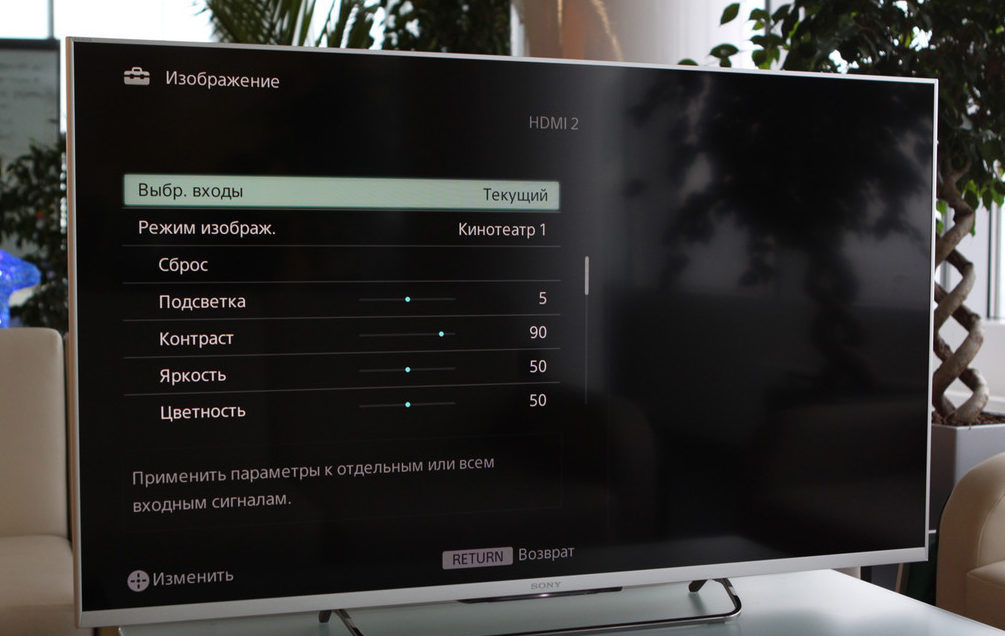
REFERENCE! Hardware calibration is labor-intensive and requires special equipment, as well as certain knowledge.
You can adjust the color yourself.To do this, you need to select the correct picture mode, in most cases this is the “Cinema” or “Cinema” mode. It does not have excessive brightness settings, which reduce eye strain.
The color temperature parameter is important for correct coloration. The indicator of which should correspond to a source of daytime or half-day white light at 6500 K. As a rule, the “Warm” mode is closest to this value. The TV also needs to disable automatic settings such as dynamic backlight mode, contrast mode, light sensor and energy saving mode.
It is also necessary to adjust the chroma/color parameter, which is responsible for the saturation of the color palette, as well as the overall brightness. Without special equipment, this parameter is almost impossible to adjust, so it is usually set to the average value. Also, color saturation can be adjusted in a high-quality picture with natural objects with a large number of shades of green. It is to green color that human vision is more sensitive. Color adjustments are made to make the image as realistic as possible. The shade of the face in high-quality photographs can also serve as an assistant in setting.
If necessary, you can make the correct contrast adjustment, i.e. correctly adjust the white level in the image. For LCD/Led TVs, this parameter may have the following names: “Backlight brightness”, “Backlight contrast”. The setup is as follows:
- Set the contrast to the maximum value.
- Open a window with white level (100IRE).
- Adjust the contrast until the image is pleasing to the eye.
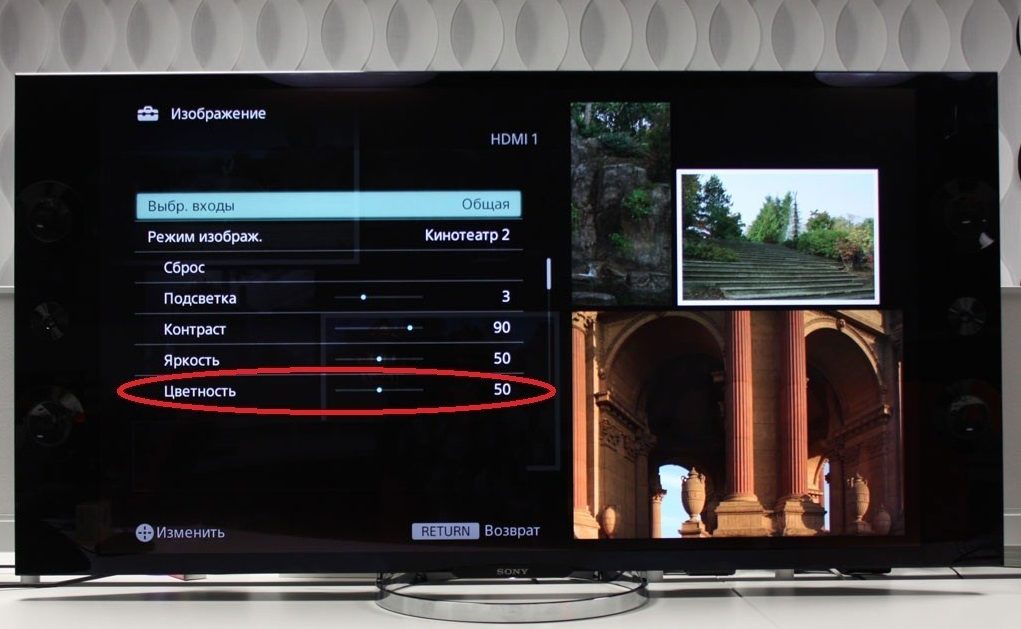
REFERENCE! Contrast adjustment must be done in the dark.
It is not recommended to set the contrast to the maximum value, as this will lead to unnecessary eye strain.
What are the parameters for the correct image?
General parameters for correct display are:
- The color temperature should be 6500K.
- Gamma correction, i.e. preventing distortion of the brightness of the black and white component of the color image. The recommended value is 2.22, for a darkened room 2.4.
- Color must comply with REC709 standard.
The above recommendations will help you independently adjust the color rendition of your TV receiver.


